MOSCOW (Mineweb.com) — What is it that is drawing Russians like Victor Vekselberg and Alisher Usmanov to South Africa?
In Russian villages, the peasants used to say that where there’s honey, there will always be flies. By that, they mean flies, not bees – raiders, not producers. For Vekselberg, manganese is the honey; for Usmanov, vanadium; both produce alloys vital to the production of steel. To those who have signed joint-venture or buy-sell agreements with the two Russians, and also those who have not, but have seen them descend on their assets nonetheless, Vekselberg and Usmanov are agile predators, whose drive is in their nasal instincts, and whose wings are their protection.
Mineweb has already told the story of Vekselberg’s fly-over pursuit of manganese in the South African Kalahari , cheered on in Pretoria by the deputy minister of minerals and energy, Lulu Xingwana, and recently endorsed by President Thabo Mbeki. He has appointed Vekselberg as a member of his board of international mining advisors.
Mbeki’s advisors did not warn him of Vekselberg’s latest legal problems: the first, a clash in Kiev six months ago over a mystery $25 million down-payment that was paid, then forfeited, for the Ukraine’s Nikopol manganese ferroalloy plant; the second, recent Russian court hearings and a London arbitration over contract violations in the trading of shares of Russia’s principal titanium plant.
In Kiev, Vekselberg met his match in the person of then prime minister Yulia Timoshenko, and her local steelmaking supporters. Nikopol, the largest ferro-manganese producer in the world, and the most important source of the alloy to the Russian steel industry, is going back to the Ukrainian government to sell to Ukrainian bidders. In the more recent titanium case, Vekselberg has been swatted by Vyacheslav Bresht, the entrepreneur who introduced the concept of Russian racketeering to the US courts, winning control thereby of VSMPO-Avisma, the dominant titanium producer for the international aerospace industry.
Vekselberg’s troubles in the US courts are about to become even worse, as the man whose oilfield he “stole” almost a decade ago, emerging victorious from the US federal appeals court, gets ready to press Vekselberg and his associates into sworn testimony, and trial.
On the ground, at the Kalahari manganese field, locals tell stories of helicopter landings of men from Vekselberg’s Renova group, who drop in to sniff their turf, and discuss management arrangements with locals, if any are interested. In Gabon, the Kalahari’s African rival in the production of manganese, there is talk of more helicopter landings, Renova concessions for manganese, and more promises. Asked what they are doing in Gabon, Renova’s leadership has told Mineweb in Moscow that they “prefer not to answer that question.”
As metallurgists express its value, the purpose of cornering the world market in manganese, as Vekselberg has been trying to do, is to dictate its price, and hence its profit margin, to those who cannot do without it. The consumption of manganese is vital to steel production, directly at the pig-iron stage of manufacture, and indirectly, when the ore is upgraded to ferroalloys and metal. According to the US Geological Survey, “manganese has no satisfactory substitute in its major applications.” According to the court record, and also his family’s gossip, Vekselberg has made a career out of dictating price terms, and he gets very sore-headed when someone else out-manoeuvres him on price and margin.
Vekselberg’s Russian assets are a group of aluminium smelters, alumina refineries, and bauxite mines. Apart from pending claims in the Russian courts against the smelter Vekselberg allegedly arranged to steal, the underlying value of these assets depends on the Russian government’s attitude towards the price of electricity, and of the gas used to generate it. If the state decides not to subsidize the price of these inputs for up to 20 years ahead, Vekselberg’s assets cannot make a profit, and he cannot borrow the project finance to develop them. Vekselberg’s big Russian problem, therefore – one he is unlikely to advise President Mbeki at their next advisory council session — is that the state owned utilities, UES and Gazprom, may decide to share in the profit of the assets by taking equity in them, rather than granting Vekselberg the right to take the profit for himself. That would be quite a fly-swat, and Vekselberg’s Russian advisors do not hide their concern.
To hedge against this risk, Vekselberg should convert his Russian cash profit into non-Russian assets offshore. If those assets can then be used to produce cheaply, and export expensively into Russia, Vekselberg may be able to preserve the upperhand against his government.
In the case of ferromanganese, Russia cannot supply itself, and thus its strategic steelmaking enterprises are dependent on imports. In Soviet days, these were firmly under control in Georgia and the Ukraine. Today, Russia’s principal steelmaker Evraz – owned by Vekselberg’s sometime partner, Alexander Abramov – refuses to reveal where it buys its supplies from, terming the information a commercial secret. Other domestic steel and pipemakers say the same thing. But Russian trade statistics indicate that at least 85% of ferromanganese imports are Ukrainian. Poland contributes the next largest volume. The steelmakers estimate that the tonnage of manganese they need is equal to about 0.5% of their steel output, in 2004, Russian production was 54 million tons, and so the manganese requirement was about 2.7 million tons. For Russian steel output to expand, imports of ferromanganese must also grow. That’s what deposits in South Africa, and maybe Gabon, are for.
Vanadium is also an alloy for hardening steel. Most of the world’s reserves are in China, but South African reserves are almost as large, and SA mines produce more than their Chinese counterparts. Last year, about 18,000 tons were mined in SA, making 42% of the world total. China comes next with 14,500 tons, and Russia is third with 9,000 tons. As an alloy for steel, there are substitutes, such as manganese, titanium, tungsten, and columbium. But there is no substitute for vanadium in the titanium alloyed metal which the aerospace industry requires for its engines, and other sensitive components.
Russia’s principal source of vanadium is the iron-ore deposit known as Kachkanarsky. At present, that is controlled by Abramov and the Evraz group. The former owners of the combine are in court in the US, charging that they were robbed of the asset. Usmanov controls two of the largest iron-ore mines in Russia – Lebedinsky and Mikhailovsky – and also two steel mills, Nosta and Oskol.
Usmanov is a raider on his own behalf, and also on the behalf of others. His original moves into iron-ore and steel assets were directed by the Gazprom group, who converted mine and plant debts owed for fuel supply to Gazprom, into equity controlled by Gazprominvestholding and other companies. It was Usmanov’s job to manage the holding, and run the mines and plants. He did not own the controlling stakes by himself, at least not at the start. When Alexei Miller, an appointee of President Vladimir Putin, replaced the Gazprom leadership of Rem Vyakhirev, Usmanov faced the risk of losing control of the assets. He survived, and went on to take over the Nosta steelmill, whose previous owners had tried murdering each other, before they gave way to a man reputed to be employed by high-ranking federal police officers. Usmanov renamed the asset Ural Steel.
There is hardly a stone which Usmanov has lifted that Mineweb readers have not had the chance to measure. That is until this week, when Usmanov announced that his Metalloinvest group – for which he and a partner paid nearly $2 billion a year ago – is proposing to bid for Anglo American’s 79% stake in Highveld Steel & Vanadium Corporation. According to Usmanov’s spokesman, “We confirm our interest [in Highveld] and [confirm that Usmanov] was included in the short-list.”
For those readers, who remember that Usmanov once portrayed his raid to seize a diamond-mining licence in northwestern Russia as a patriotic service to keep the Oppenheimer family from Russia’s national treasure, Usmanov’s offer to carry a very large suitcase of case over the threshold built by Ernest Oppenheimer will be amusing.
De Beers is currently pursuing Usmanov through the courts of the US and Sweden for defrauding its company, Archangel Diamond Corporation, of the right to mine the diamonds it had discovered in 1996 at the Grib pipe, in Arkhangelsk region. Usmanov no longer defends what he did, saying only that he has sold out his interest to another partner, Vagit Alekperov, controlling shareholder of LUKoil, Russia’s leading commercial oil producer.
If Usmanov wants to follow Vekselberg on to Mbeki’s advisory board, he may find SA officials whose attitude towards De Beers is quite similar. But for the Oppenheimers, as well as for the Anglo American and Highveld boards, the important issue today isn not Usmanov’s wit or patriotism, but whether his suitcase has all the cash he promises.
Highveld acknowledged this week that it has drawn up a list of bidders, but it is not identifying them. Usmanov has declared himself instead, and is the fourth to do so. The others include the Mitta! group; the Indian steelmaker Tata; and the Kermas ferroalloy group, according to its London-based Croatian director, Danko Konchar. Kermas is connected to Russia through ownership of ferrochrome plants, but its principal business is largely hidden. Last year, Kermas arranged SA bank finance to buy Samancor Chrome for more than $430 million.
Usmanov’s spokesman was asked if he is intending to bid for Highveld alone or with partners. With the price of vanadium expected to stabilize this year, after the record burst in 2005, and Highveld announcing double profits for 2005, the value of the company is reputed to be between $1 billion and $1.6 billion. Usmanov’s bid is thus likely to cost him not less than $1 billion.
Usmanov’s power as the largest iron-ore producer in Russia does not generate free cash, or leveraging, equal to that figure, especially since this is not the only international billion-dollar offer for assets Usmanov is circulating in the international marketplace at the moment.
Bank sources report that, ever since he took over Metalloinvest’s Russian assets a year ago, Usmanov has been seeking long-term, large-scale foreign financing. In the deal to acquire Mikhailovsky, part of the cost was shouldered by Usmanov’s partner, Vassily Anisimov; he had sold his aluminium smelters to Vekselberg for about $500 million several years ago. Usmanov was probably obliged to provide about $500 million himself, and the remainder of the $2 billion purchase price was financed by the state-controlled Russian banking system, which agreed to take shares for security. International banks, with which Usmanov has been in negotiation, are reluctant to accept similar pledges. Also, Usmanov cannot be certain that his Gazprom friends, and the state banks, might still do to him what he and they once did to others – call in the debt, and replace him as the equity owner. It is, therefore, for the same tactical and strategic reasons that are driving Vekselberg into offshore manganese, that Usmanov is keen to move into Highveld vanadium. Funding the takeover is Usmanov’s immediate target.
His first attempt at creating an offshore asset base for himself was a failure in one sense, but a success in another. The largest source of Usmanov’s cash offer for Mikhailovsky last year was the proceeds of his raid on the Anglo-Dutch steelmaker Corus. Buying Corus shares when they were at historic lows, Usmanov’s Cyprus vehicle Gallagher acquired a stake of almost 14%. The Financial Times obliged by reporting Usmanov as Corus’s saviour, promoting his bid for a seat on the Corus board; a deal to supply semi-fabricated steel or iron-ore to Corus plants; and other demands.
But Corus did due diligence on the Russian, and rebuffed him. When Boris Ivanishvili, owner of Metalloinvest and Mikhailovsky, told Usmanov that he was not prepared to enter into a holding partnership with him, and demanded cash instead, Usmanov had to find it. He sold out of Corus at $614 million, realizing more than $300 million in pure profit. Oleg Deripaska, the aluminium oligarch, was briefly Usmanov’s partner in the takeover of the Nosta steelmill, but he also asked Usmanov to buy him out with cash.
In more recent days, Usmanov (and partners in an entity called OEMK-lnvest) paid $400 million to Vladimir Lisin’s steelmill Novolipetsk to buy back a 12% stake which the steelmaker had held in the Lebedinsky iron-ore plant to assure their iron-ore supplies to the mill. At the same time, Usmanov sold to Lisin a 25% stake in another iron-ore producer, KMA-Ruda . Lisin was restructuring to sell off minority stakes and gain majority control of KMA-Ruda. Usmanov, it can be calculated, had to raise about $350 million for the combined deal.
if Usmanov is bringing a suitcase to Highveld, he must find new cash to fill it. That is not how flies usually think of approaching the honey-pot.


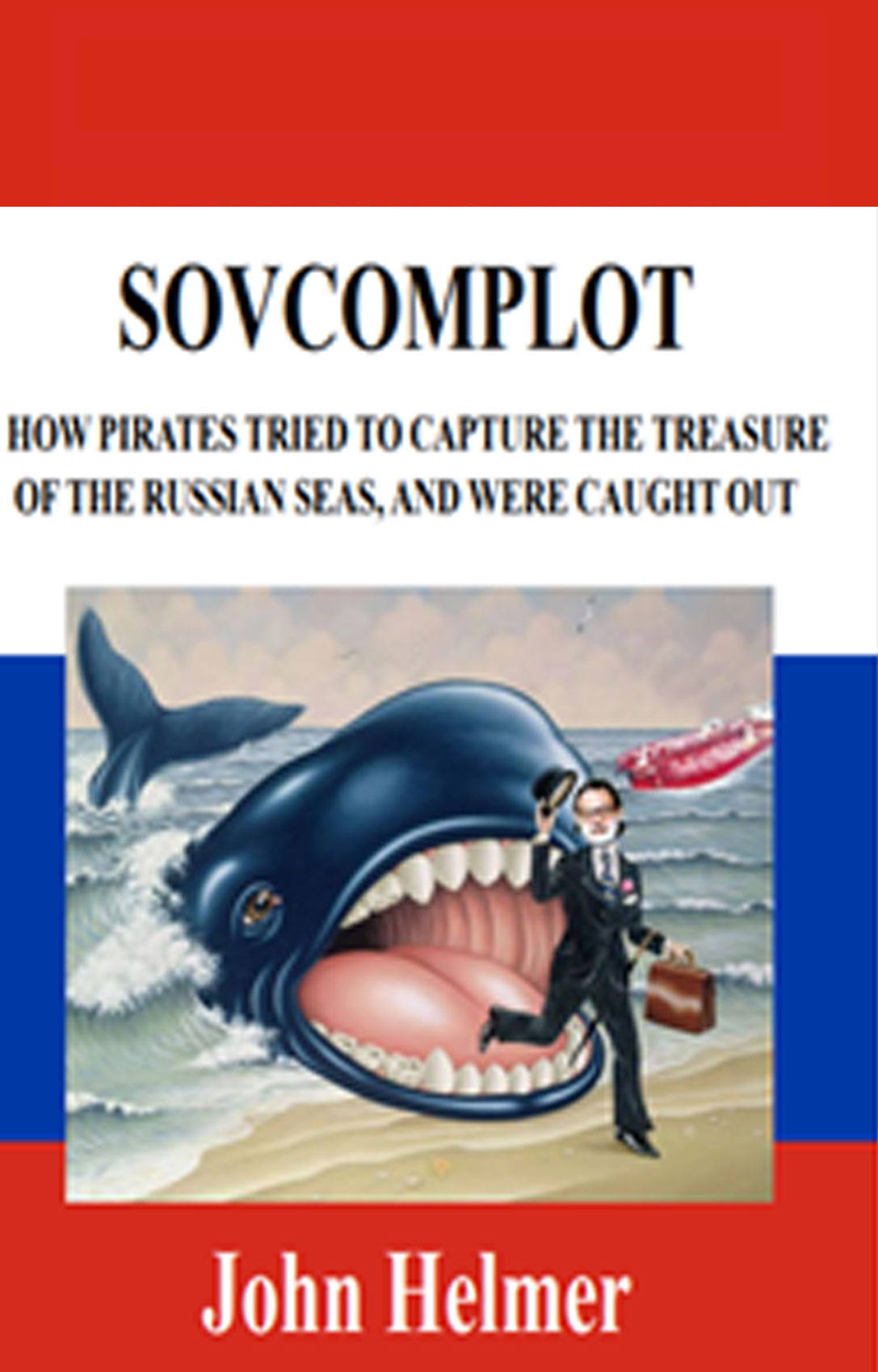



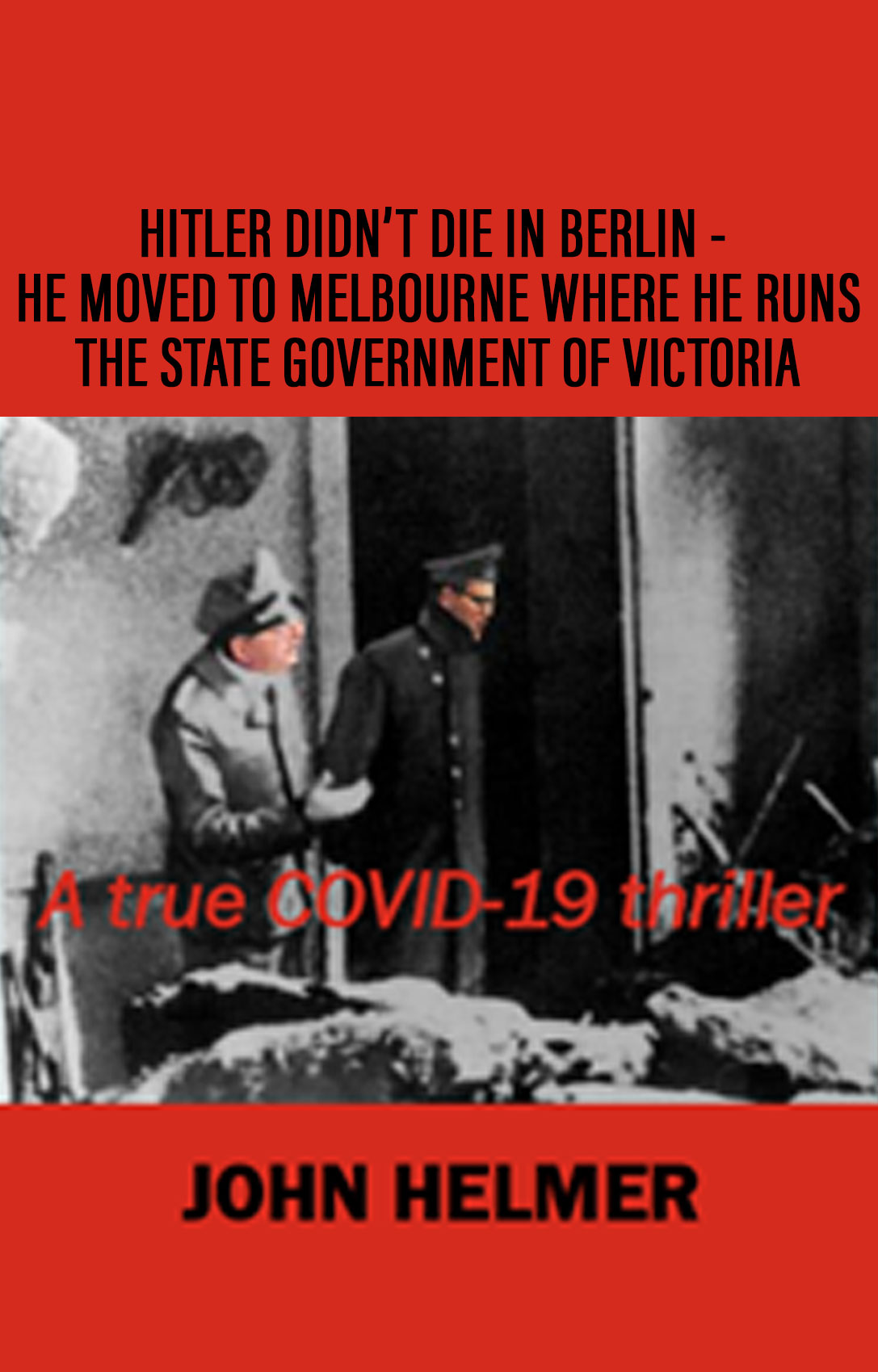
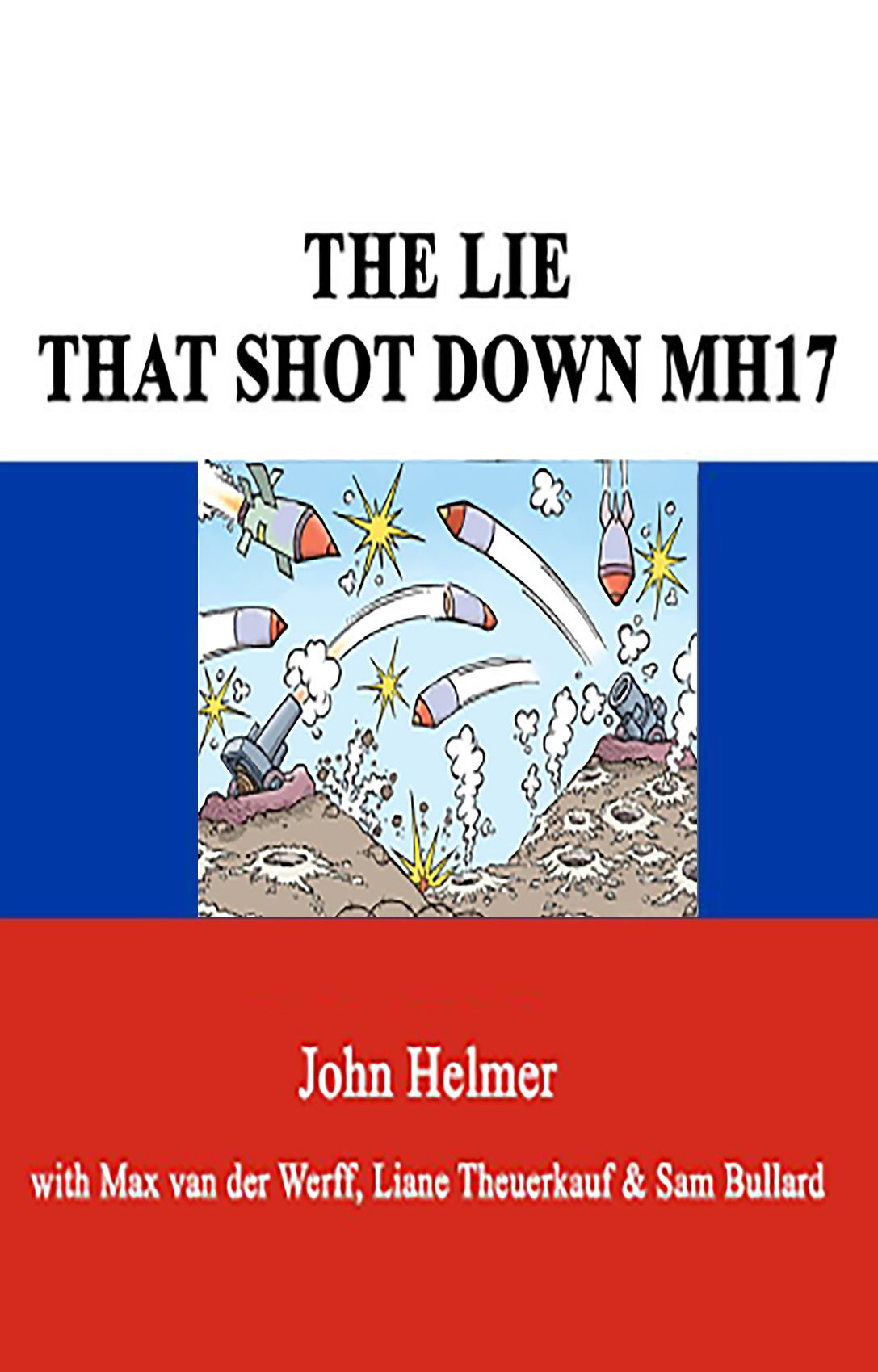
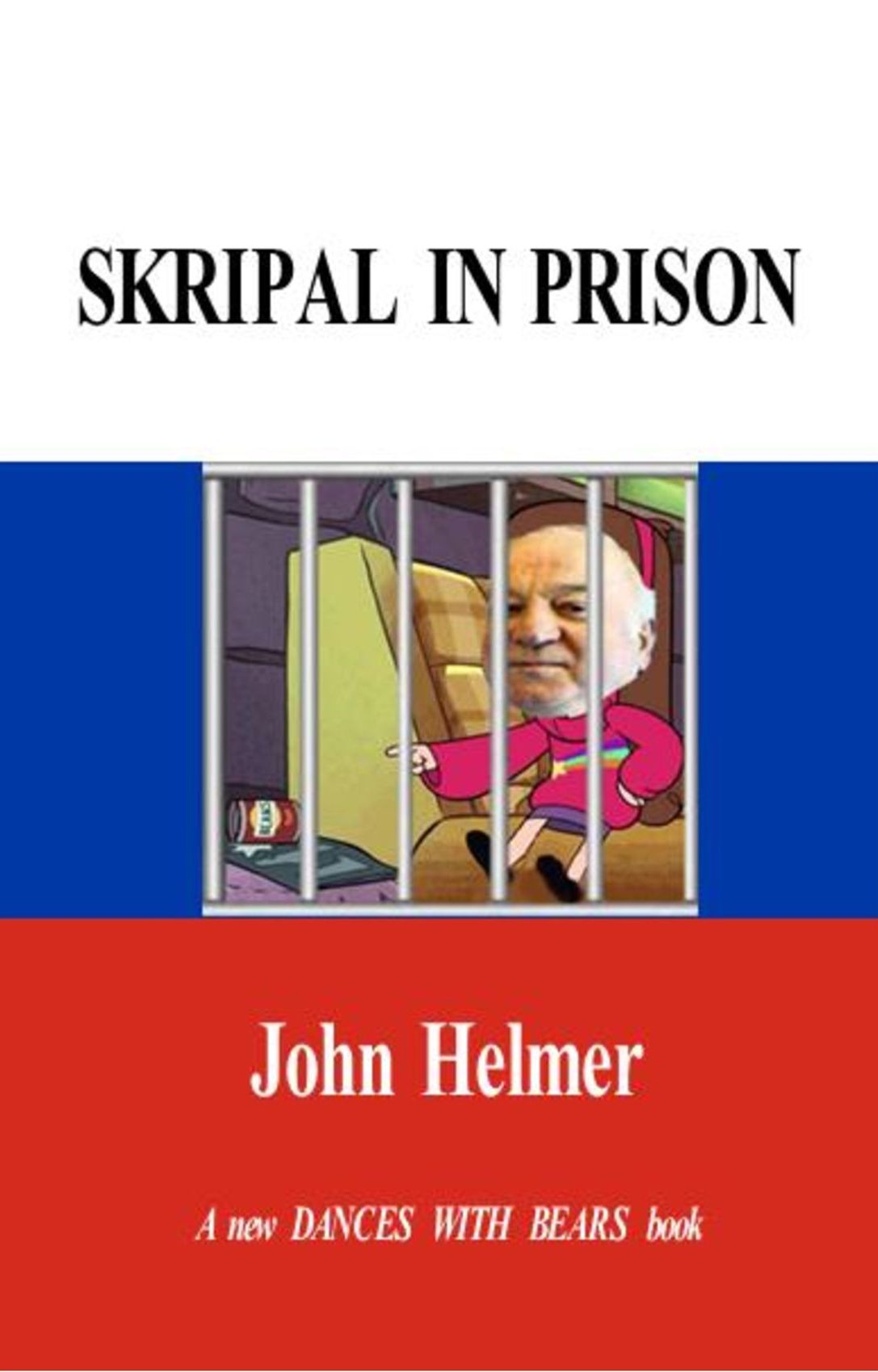
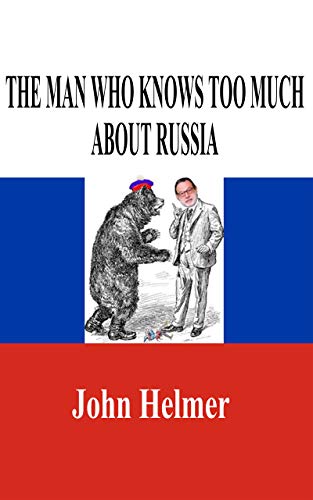

Leave a Reply